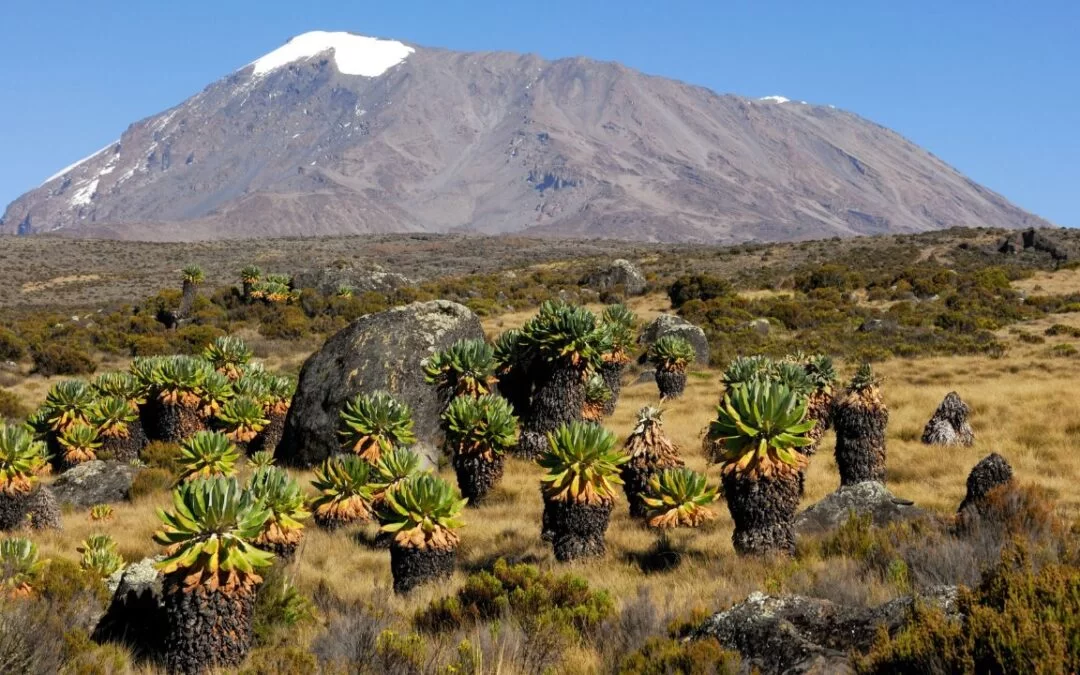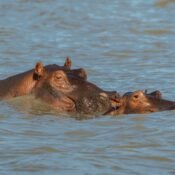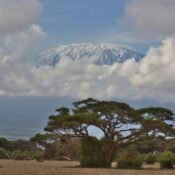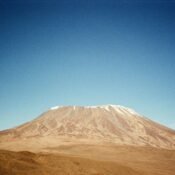
Climbing Kilimanjaro Without A Guide: Is That Even Possible?
Yes, it is possible to climb any high mountain without the supervision of a guide. Still, in the case of climbing Mt Kilimanjaro without a guide is not just recommended but compulsory. Mount Kilimanjaro is situated in Tanzania, and climbers must go along with licensed guides and registered trekking agencies, a rule made to promote safety, safeguard the environment, and support the local economy. Below is a how-to-climb Kilimanjaro guide, can you climb Kilimanjaro on your own and what to expect from the experience?
Can you Climb Kilimanjaro without a Guide: Why Guided Climbs Are Mandatory
Safety Concerns
- Kilimanjaro Mountain is the tallest free-standing mountain in the world. While it doesn’t require any technical climbing skills, reaching the summit is still a difficult task. The main risk remains altitude sickness, which can affect the climbers even at minor elevations.
- Guided assistance is necessary for spotting the early indications of altitude sickness and making sure that the climbers can get down safely when required.
Environmental Protection
- Kilimanjaro Mountain is part of Kilimanjaro National Park which is a UNESCO World Heritage Site. The massive amount of trekkers who attempt to climb the mountain each year affects its delicate ecosystem.
- Guiders help in imposing regulations such as proper disposal of waste, designated spots for camping, and respecting local flora and fauna. This is important for lessening the environmental footprint left by trekkers and making sure Kilimanjaro remains beautiful and accessible for future generations.
Local Economic Support
- Massive numbers of international trackers are drawn each year to climb Kilimanjaro without guide or with a guide which makes it an important source of income for Tanzania. By making it compulsory that the tourists hire guides and porters, the Tanzania government make sure that the local population benefits from the tourism industry.
Can you Climb Kilimanjaro without a Guide: What a Guided Trek Involves?
Selecting a Route and Duration
- There are roughly around seven fixed trekking routes to the summit, each one providing a unique experience. Some are longer with a high rate of success like the Lemosho and Northern Circuit routes, while others are shorter but more difficult (such as the Marangu and Umbwe routes).
- A guided trek usually takes 5 to 10 days which allows time for gradual altitude adjustment, which increases the chances of a successful summit attempt.
Hiring a Trekking Company
- Climbers can choose from different packages according to them, Packages differ in the level of support offered, including the number of porters, meals, camping gear, and personal support.
- The trekking company manage permits, park fees, gear, and logistics which allows the climbers to focus on the climb itself. With the help of this, the process of planning eases off for those who are unfamiliar with high-altitude trekking or lack the required equipment.
The Role of Guides and Porters
- The porters help you carry most of the gear, food, and supplies which decreases the amount of load the climbers need to carry with them.
- Guides also help in leading the way, managing the pace of the trek and motivating the climbers.
Meals and Camp Setup
Usually, on a guided trek, trekkers get to enjoy a meal made by a cook and porters helping them set up and detach the tent. For summiting successfully a nutritious diet and rest are a must, special when the high burn at a high rate at high altitudes and thinner air.
Can you Climb Kilimanjaro without a Guide: What to Expect from a Kilimanjaro Trek?
Altitude and Climate
- Kilimanjaro’s ascent goes across five climatic zones: from the tropical rainforest to the alpine desert and at last the icy summit. Climbers encounter all types of amazing ecosystems and landscapes in a few days.
- Altitude sickness is one of the most common issues, any trekkers can suffer from headaches, nausea, and fatigue as they ascend towards the mountain.
Summit Day
The final advancement to the summit usually starts around midnight. During this time the trekkers have to cope with freezing temperatures, high winds, and tiredness from both the altitude and previous days of hiking.
Descending
The act of descending is also as difficult as reaching the summit, it usually needs a fast descent over steep, rocky paths. This period can be usually hard on the knees and quads and is where the assistance of good guides again plays an important role in ensuring the safety of the climber.
Can you Climb Kilimanjaro without a Guide: Preparing for the Kilimanjaro Experience
Training and Fitness
To climb Kilimanjaro without a guide or with a guide doesn’t require any type of technical skill but a good level of physical fitness is a must. If feasible for you, you can try a few multi-day hikes which can help you adapt to and physical adverse effects you go through while trekking.
Packing for the Trek
- You should take along necessary gear including layers for varying temperatures, hiking boots of good quality, a sleeping bag, a day pack, and rain gear. Trekking companies usually give or rent any extra equipment such as tents and large duffel bags.
- Staying hydrated throughout the trip is important, most of the trek companies provide you with water but also you are advised to carry our own water bottles and hydration bladders.
Mentally Prepared
- Mental strength can make or break a Kilimanjaro climb. The physical demand of the trip, together with the uncertain weather conditions and the thin air at high altitudes can even test some of the experienced trekkers.
- A calm and positive mindset, with the determination to push through any discomfort, is important for a successful climb.
Conclusion
Trekking in Mount Kilimanjaro is one of those life-defining experiences, requiring not just physical readiness but also mental fortitude. While some may wonder if you can climb Kilimanjaro without a guide, it’s important to know that hiring one is mandatory. This rule supports safety, conservation, and the local economy. Guides assist climbers in multiple ways on the journey to the summit, from ensuring safety and helping with acclimatization to setting a manageable pace, all of which contribute to a more successful trek. They also minimize the environmental impact that visitors may have on Kilimanjaro. The remarkable climatic changes that occur from the base to the summit add to the journey’s allure, culminating in the final push through Arctic-like conditions to the top. With proper fitness, gear, and mental preparation, this is an extraordinary adventure. For those asking, “Can you climb Kilimanjaro without a guide?” the answer is no, but guided tours provide structure, security, and cultural immersion, making the experience of this iconic African landscape unforgettable.




